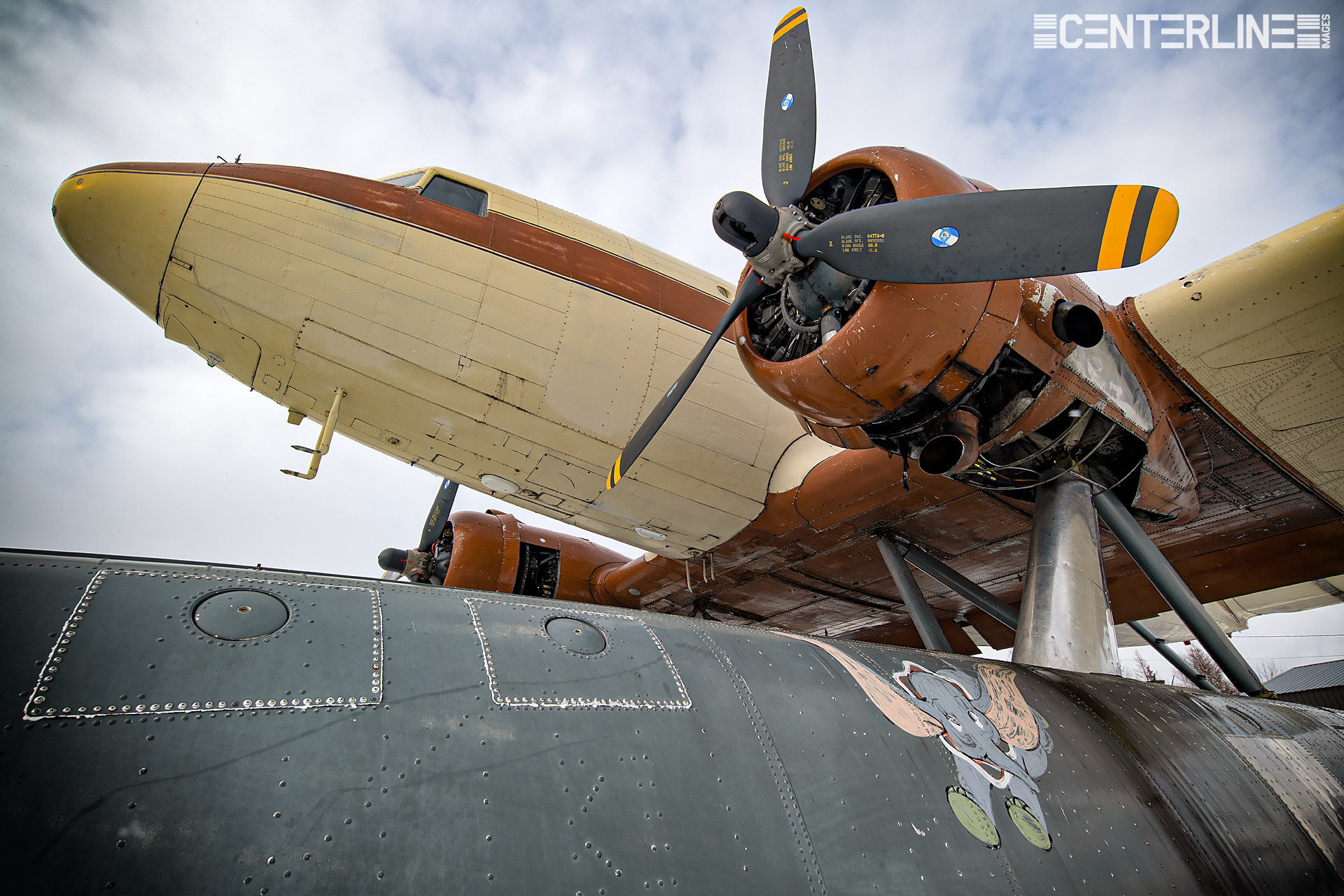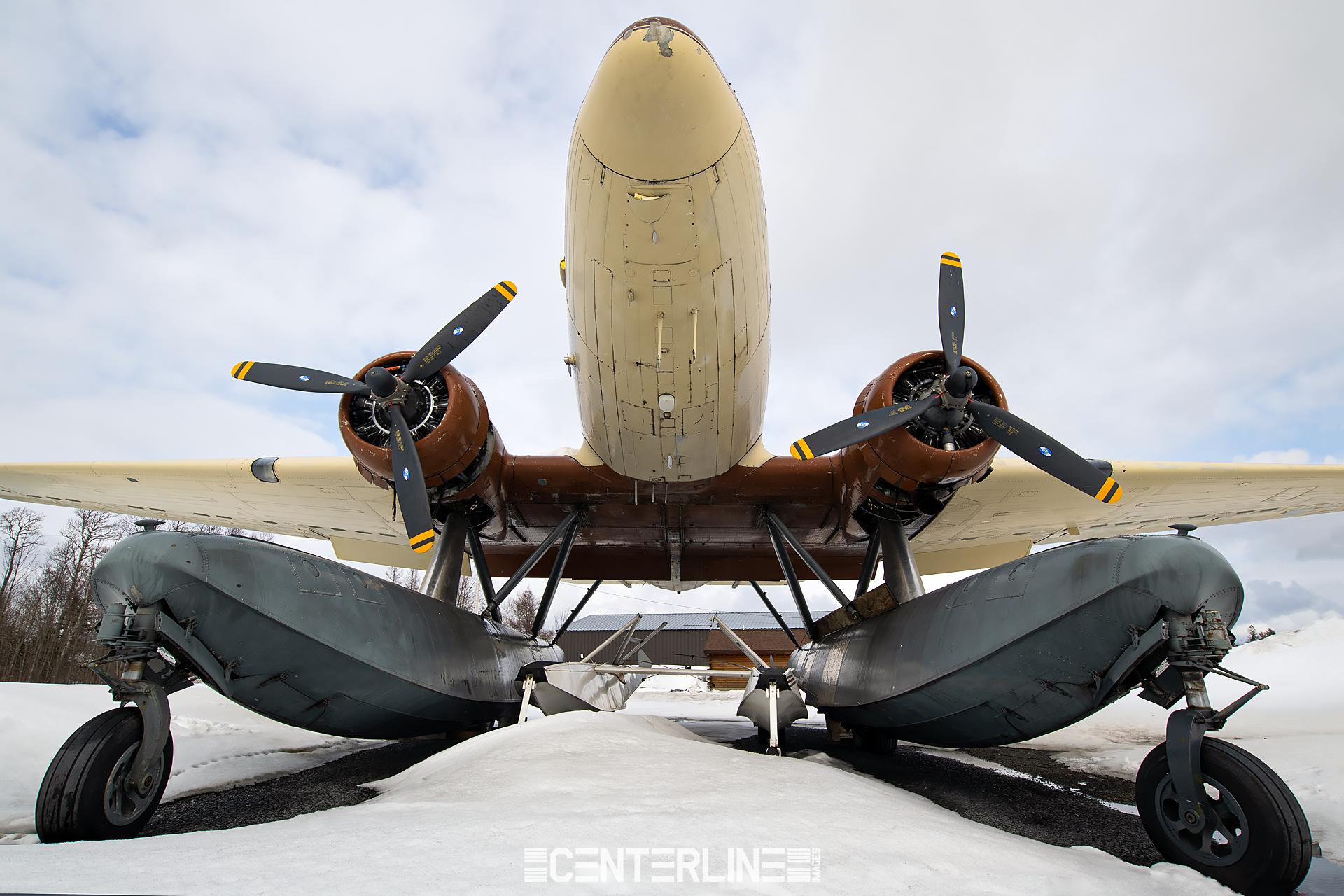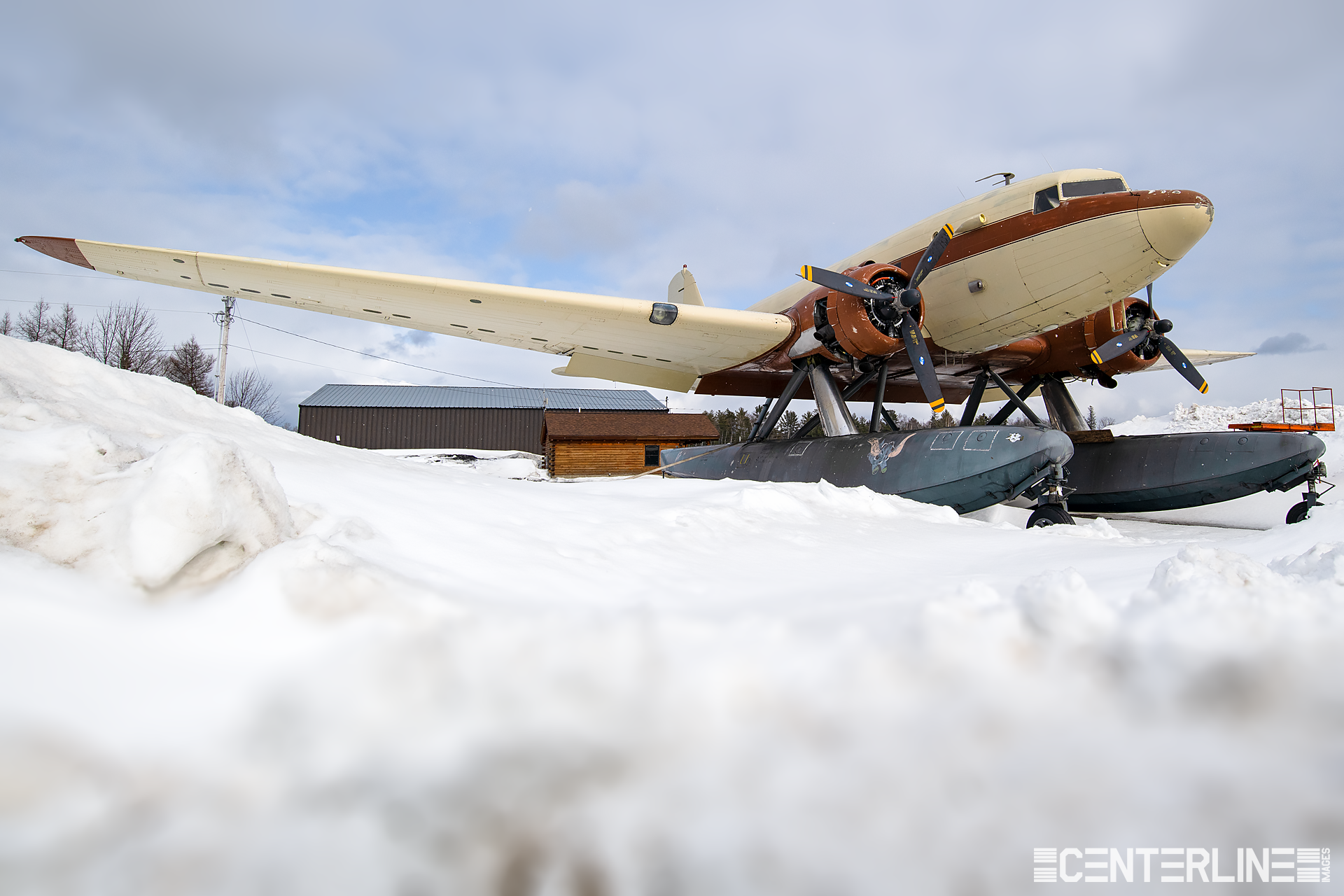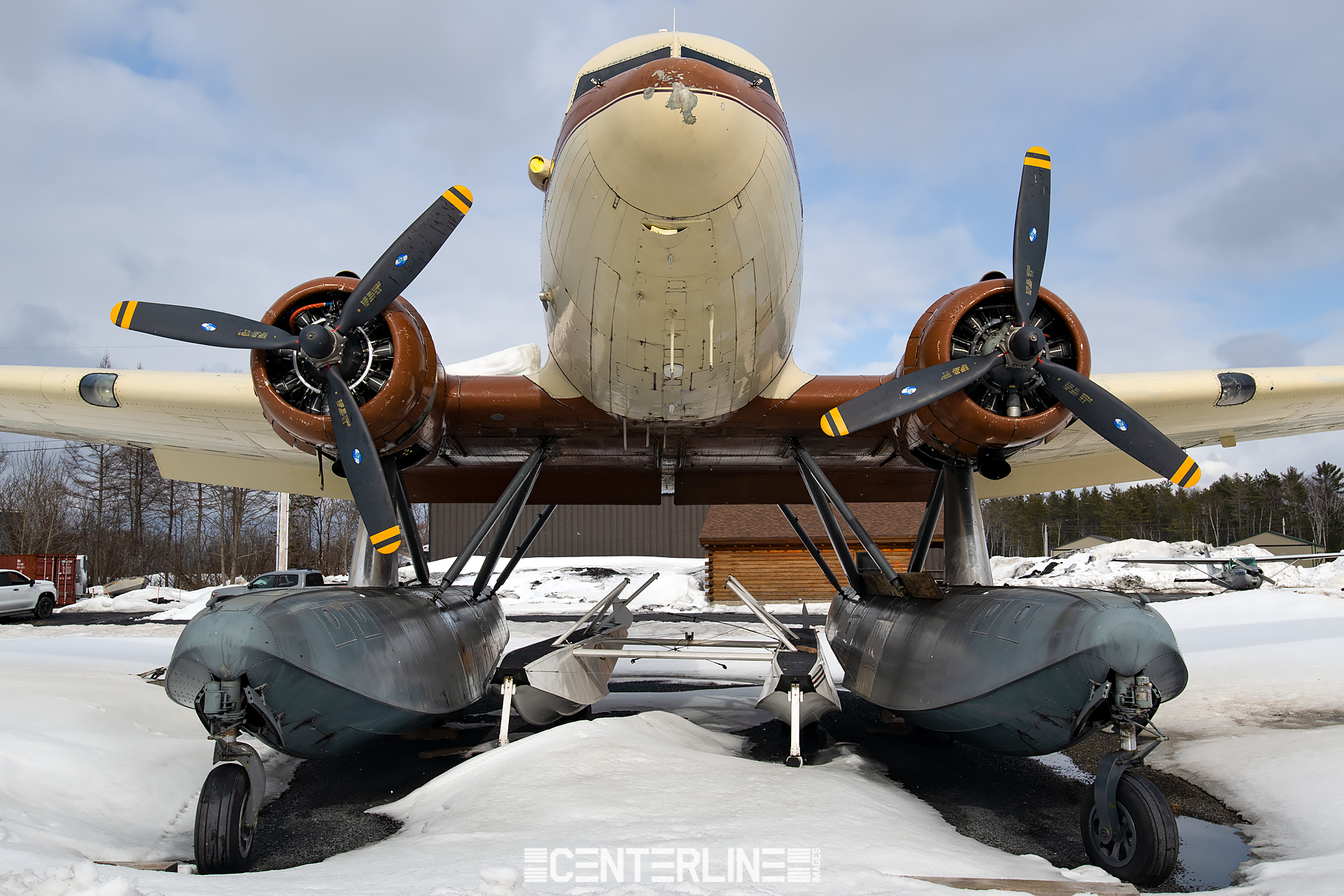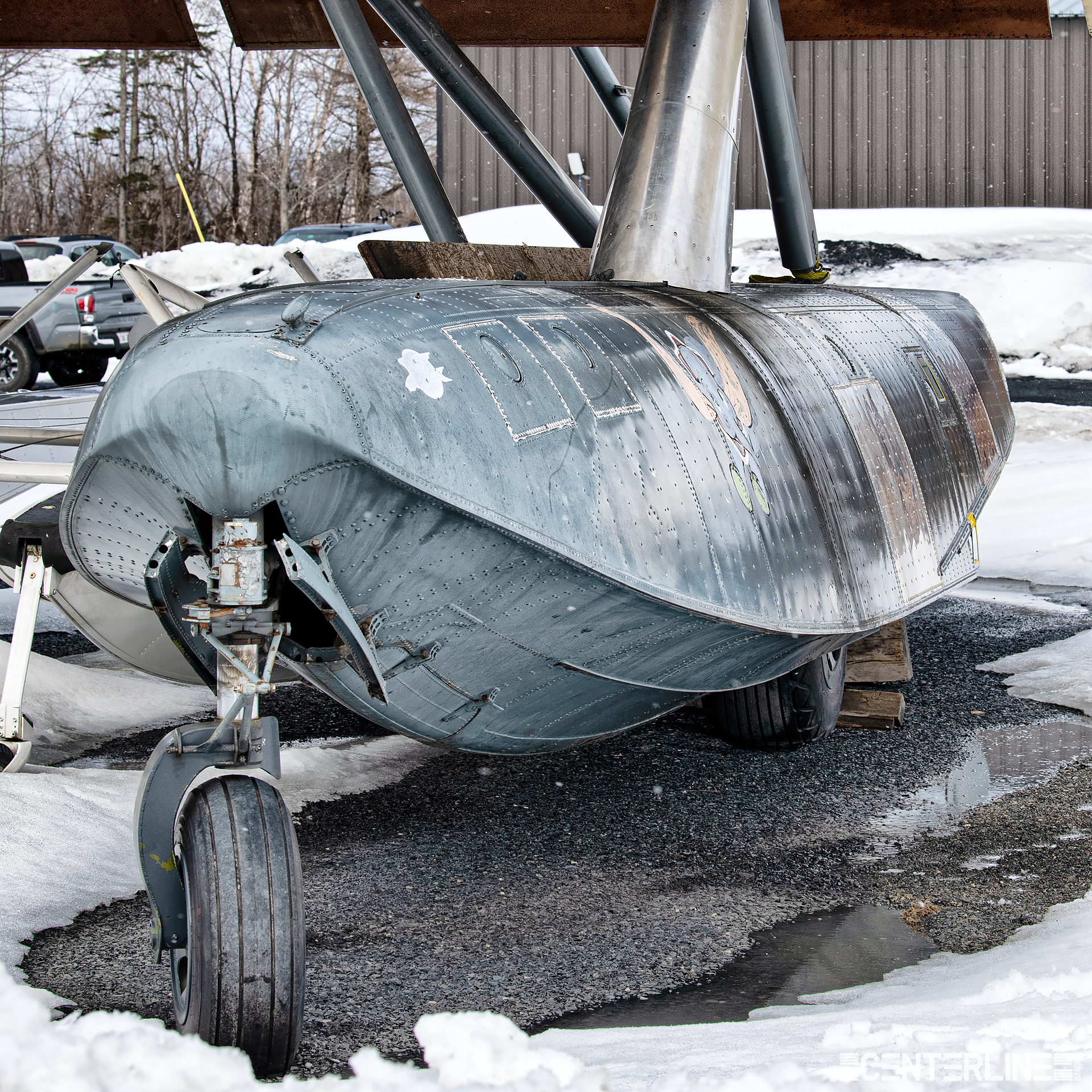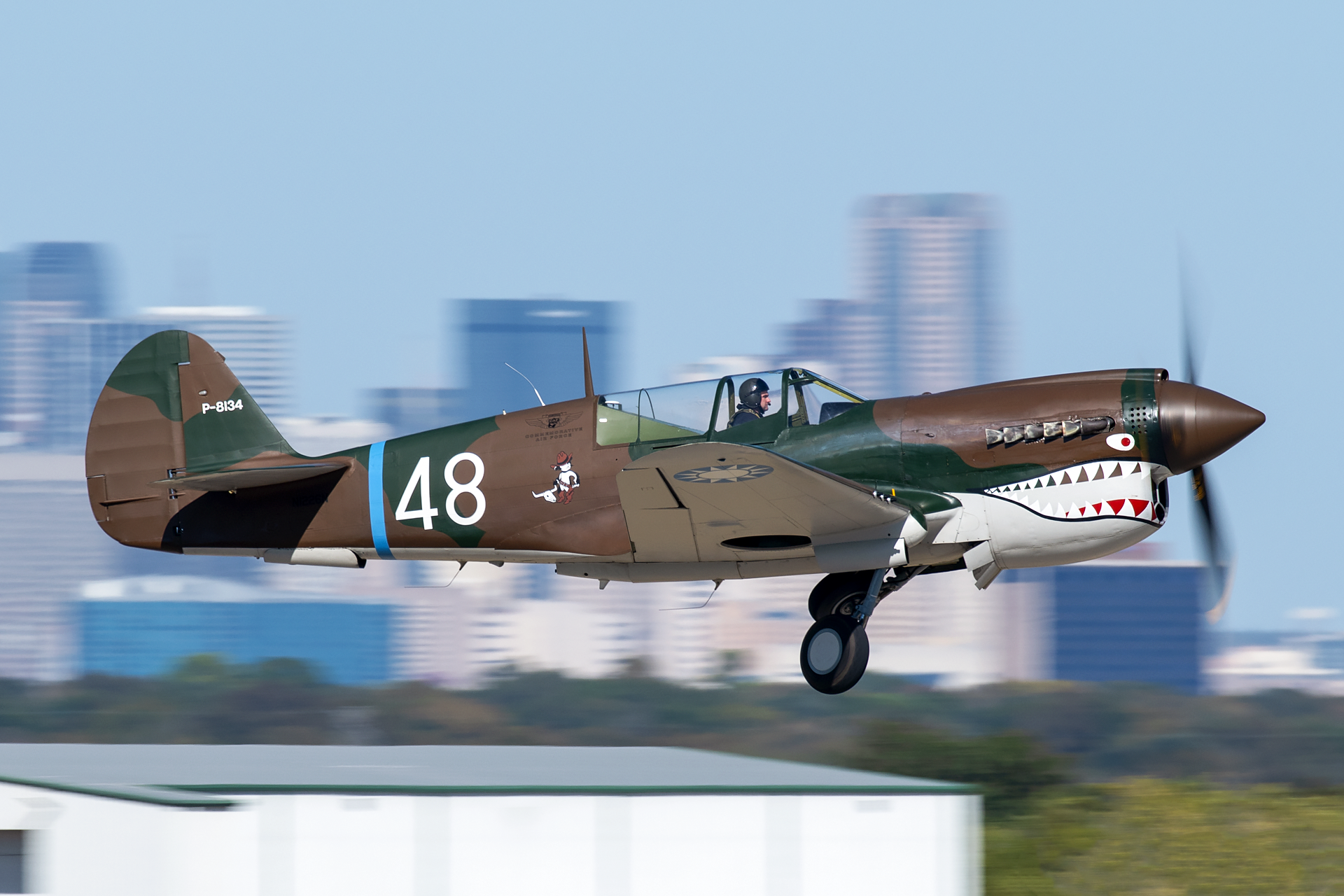
Curious on the backstory behind the photos? This is the place. You'll find not only write ups on local outings, but also reviews of major events I’ve attended.
Dynamic Duo: The Fire Boss
A pair of Fire Boss display their impressive capabilities in a time critical situation!
On August 23rd, 2023 around 2 PM, a wildfire broke out on the outskirts of Salem, Oregon, and quickly spread. The Marion County Sheriff Dept took to social media to urge residents to evacuate the area immediately - stating that it was unsafe to stay and that the fire threatened the safety of everyone in the vicinity.
As soon as the authorities arrived on the scene, they realized that air support was essential to get the fire under control. Coastal Air Strike , an aerial firefighting company, dispatched two of their AT-802F Fire Boss tankers from The Dalles, Oregon. These impressive aircraft were soon on hand to provide much-needed support from above.
Rapid action is critical when dealing with wildfires as the slightest change in wind direction or speed can intensify their impact. Fortunately, the Fire Boss SEAT is capable of scooping 800 gallons of water in just 15 seconds. It can refill from nearby sources such as rivers, lakes, and reservoirs, dropping its payload for over three hours before refueling. The two pilots involved in this mission sourced water from the nearby Willamette River, adjacent to the quiet town of Independence.
Thanks to the quick thinking and bravery of these first responders, the fire was contained by 7:15 PM and evacuation orders were lifted. While the fire had burned at least 10 acres, the quick action of the authorities and the skill of the Coastal Air Strike crew saved the day.
Kenmore Air Harbor: Seaplane Heaven in the Pacific Northwest
A visit to the largest seaplane-only passenger terminal in the United States..
Kenmore Air Harbor is a seaplane enthusiast's dream come true, located at the northern end of Lake Washington just 10 miles away from downtown Seattle. It may be the largest seaplane-only passenger facility of its kind in the United States, but it’s also steeped in rich aviation history. Kenmore Air was founded in 1946 in Kenmore, Washington by Bob Munro as a charter and aircraft maintenance service. In 1954, the company began offering charter flights and scenic tours using seaplanes. Throughout the years, the company expanded its fleet and services, offering scheduled commuter flights, air ambulance services, and seaplane maintenance. Today, Kenmore Air is one of the largest seaplane operators in the world, serving destinations throughout the Pacific Northwest and British Columbia.
As of 2021, the Kenmore Air fleet contains 26 aircraft, including a variety of iconic seaplanes, such as the radial-equipped De Havilland DHC-2 Beaver, the De Havilland DHC-2T MK. III Turbo Beaver, its larger cousin, and the De Havilland DHC-3T Turbine Otter. As mentioned above, these aircraft are used for scheduled flights, charters, scenic tours, adventure escapes, and everything in between.
One of the best ways to get close to Kenmore Air’s seaplanes in action is to visit the Log Boom Park pier. From this vantage point, you can witness the seaplanes taking off and landing throughout the day. The best part? No matter the time of day, you're bound to see a variety of different colors on the planes thanks to the special paint jobs adorned by multiple Kenmore Air seaplanes. The schemes reflect the unique culture, businesses, and history of the Pacific Northwest.
For example, Turbine Otter, N50KA, is painted in the King5 News Evening promotional livery, while the Turbine Beaver, N32GW, is adorned in Fisherman's Landing BC colors. The Turbine Otter, N707KA, is painted in the Seattle Kraken promotional livery, and the another Turbine Otter, N90422, is decked in tribal patterns in collaboration with the Puyallup Tribe of Indians to promote new Tacoma service. My personal favorite has to be Turbine Otter N606KA "Spirit of the San Juans" which is painted up to represent an orca. The livery supports "Wild Orca" a non-profit founded by Kenmore pilots, in support of the region's orca population.
The below shots were taken earlier this month on a rather busy Saturday. The smoky skies from Canadian wildfires provided extra challenging lighting condition but I tried to make the best of it!
Dumbo: The DC-3 With Sea Legs
In Northern Maine you’ll find one of the most incredible variants of the DC-3 left in existence..
Greenville is a town located in Piscataquis County, in the US state of Maine. It's situated at the southern end of Moosehead Lake, the largest lake in the state. Greenville is known for its scenic beauty and outdoor recreational opportunities, such as fishing, hunting, hiking, and wildlife watching...but did you know it's also home to an incredible one of a kind example of the iconic DC-3? Don't feel bad if you answered no - most don't.
During World War II, the US military needed an aircraft that could operate in a variety of environments, including areas without established airfields. In response to this need, the Edo Corporation designed and built a pair of twin, 1-ton floats that could be attached to a C-47. Each float was 42 feet long, five feet, eight inches wide, almost six feet high, and displaced 29,000 pounds of water. The cellular construction of each float had 14 separate water-tight compartments, and each float also had a 325 gallon fuel tank. The floats had fully retractable, hydraulic wheels, and could land on water, snow or land. The float rudders were connected to the air rudder, which allowed for control of the aircraft while in flight.
The DC-3A on floats located in Greenville, Maine is a rare example of this technology. The aircraft, which is registered as N130Q, was delivered to the US Army Air Forces in July of 1943 as a Douglas C-53D Skytrooper and served in a variety of roles before being converted back to a DC-3A standard and more notably, to a float plane by Dick Folsom in 1976. The floats used on the aircraft are the original Edo Corporation type, and the aircraft is believed to be the only Gooney Bird on floats left in existence.
While the floats allowed the DC-3 to operate in areas without established airfields, they also created a significant amount of drag and reduced the aircraft's speed. As a result, the aircraft was about 30 mph slower than its sisters without floats. Despite this limitation, a few C-47s equipped with the floats saw service in locations such as New Guinea, Alaska, and India.
Today, the DC-3 on floats can be found sitting imposingly at the Greenville Municipal Airport. Though it hasn't flown in years, it was only recently put back on floats in 2020 and there are rumblings that the operator intends to return it to its former glory. If we are lucky, we just may see "Dumbo" splashing around the local lakes and hopefully attending the annual International Seaplane Fly-In at neighboring Moosehead Lake, a once familiar sight.
Was an absolute pleasure walking around in the freezing cold and snow to capture photos of this iconic aircraft!
Enjoy.








































































